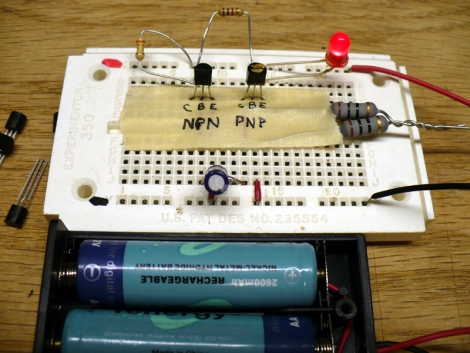[Dan] wanted to learn a bit about solid state ignition in engines; to get started he needed a test subject, so he decided he would upgrade his old 12 horsepower lawnmower.
Originally the lawnmower engine used a magneto coil ignition system, magnetos are simple and very common in lawnmowers. The magneto is designed to produce a high voltage spike when influenced by a magnetic field. A magnet is attached to the engine’s crankshaft to time the voltage spikes, these spikes are fed directly into the spark plugs to cause ignition, this is why you don’t need a battery. [Dan] explains how the solid state ignition works on his site as he goes through the build details. Essentially it uses a hall effect sensor to detect a spinning magnet on the crankshaft for timing, and a transistor and battery to fire the spark plugs for ignition.
Once he got his circuit up and running on a breadboard, he fitted the entire system into a neat plastic box and fixed it to the front of the lawnmower, as if it was meant to be there all along.



















